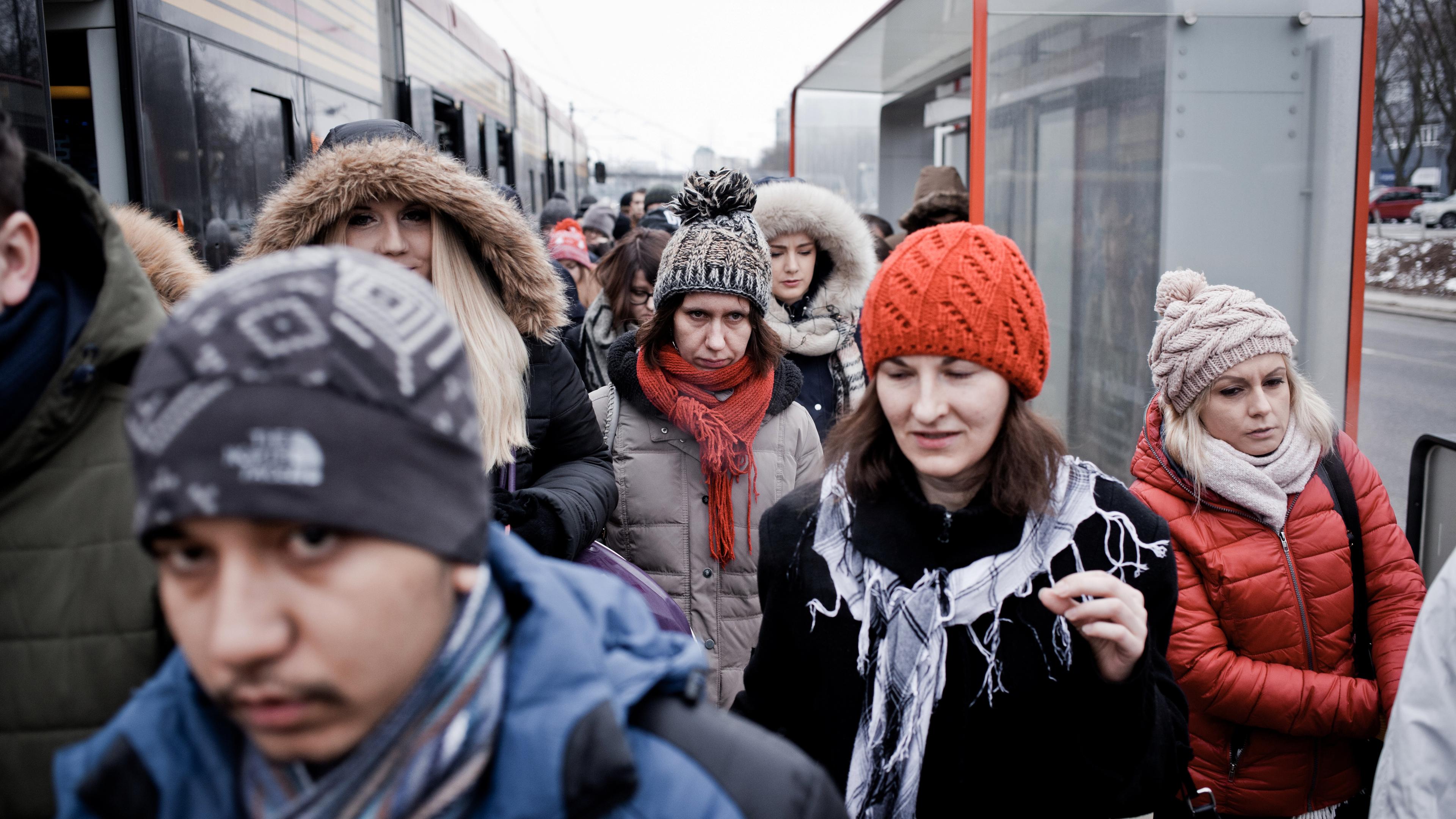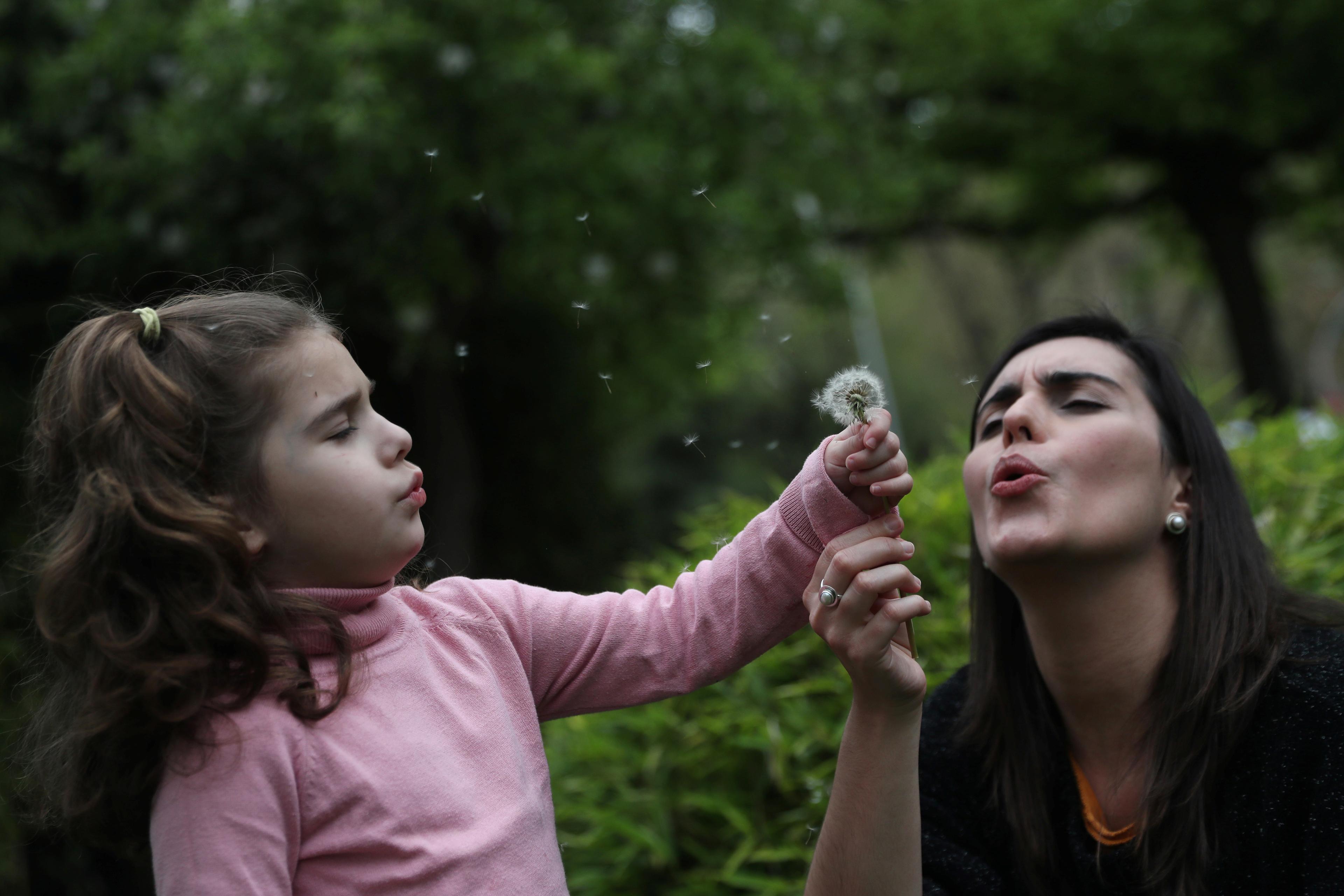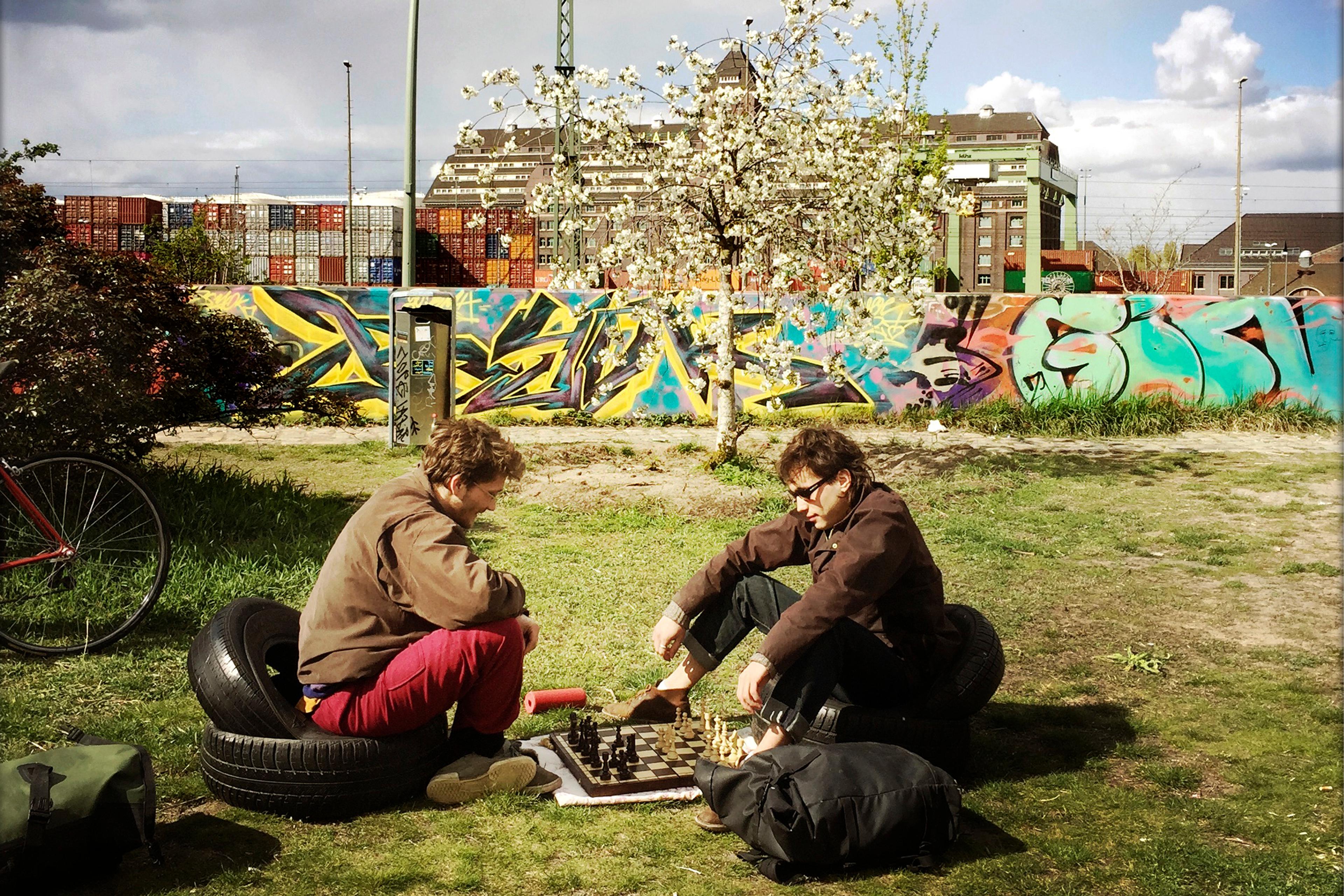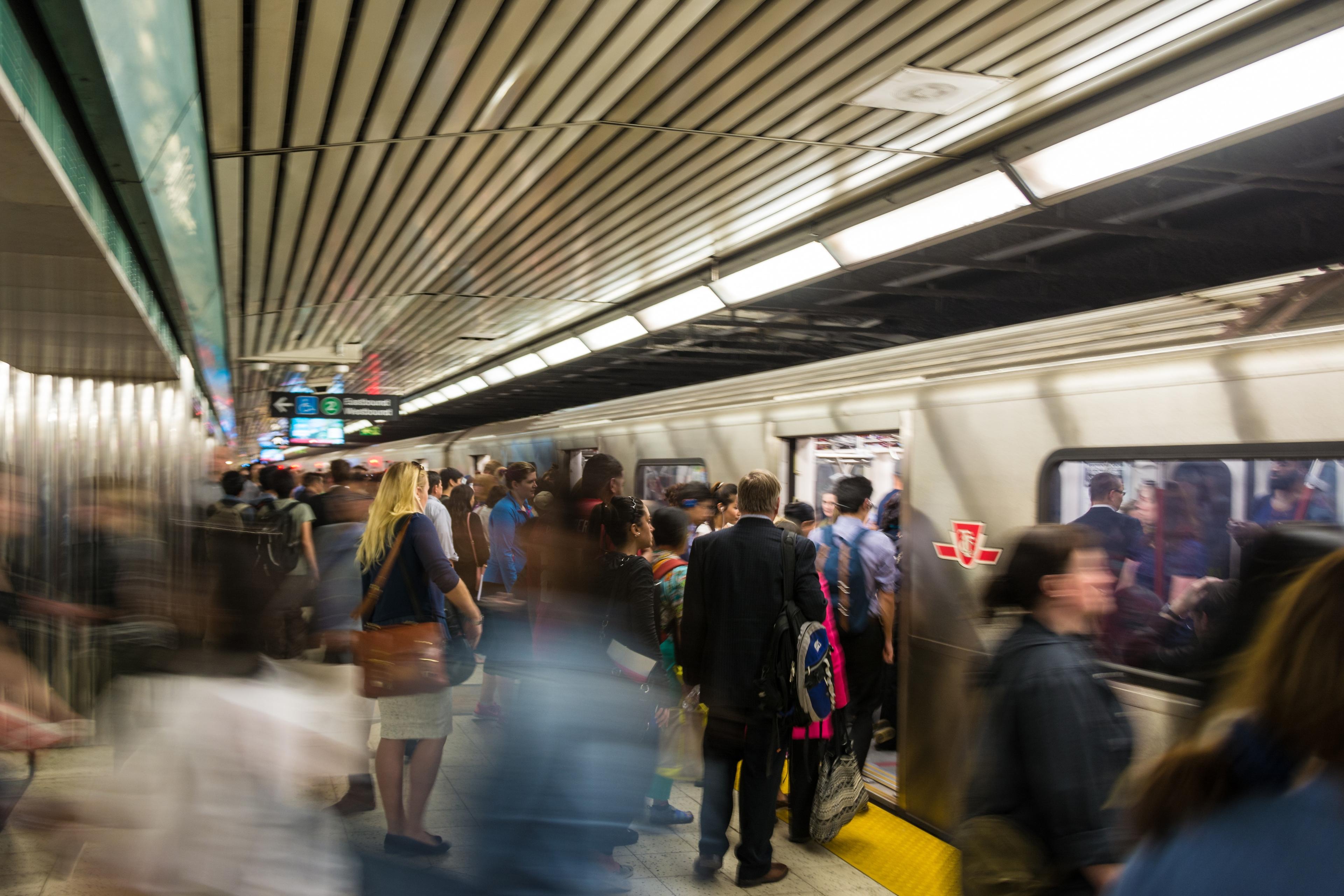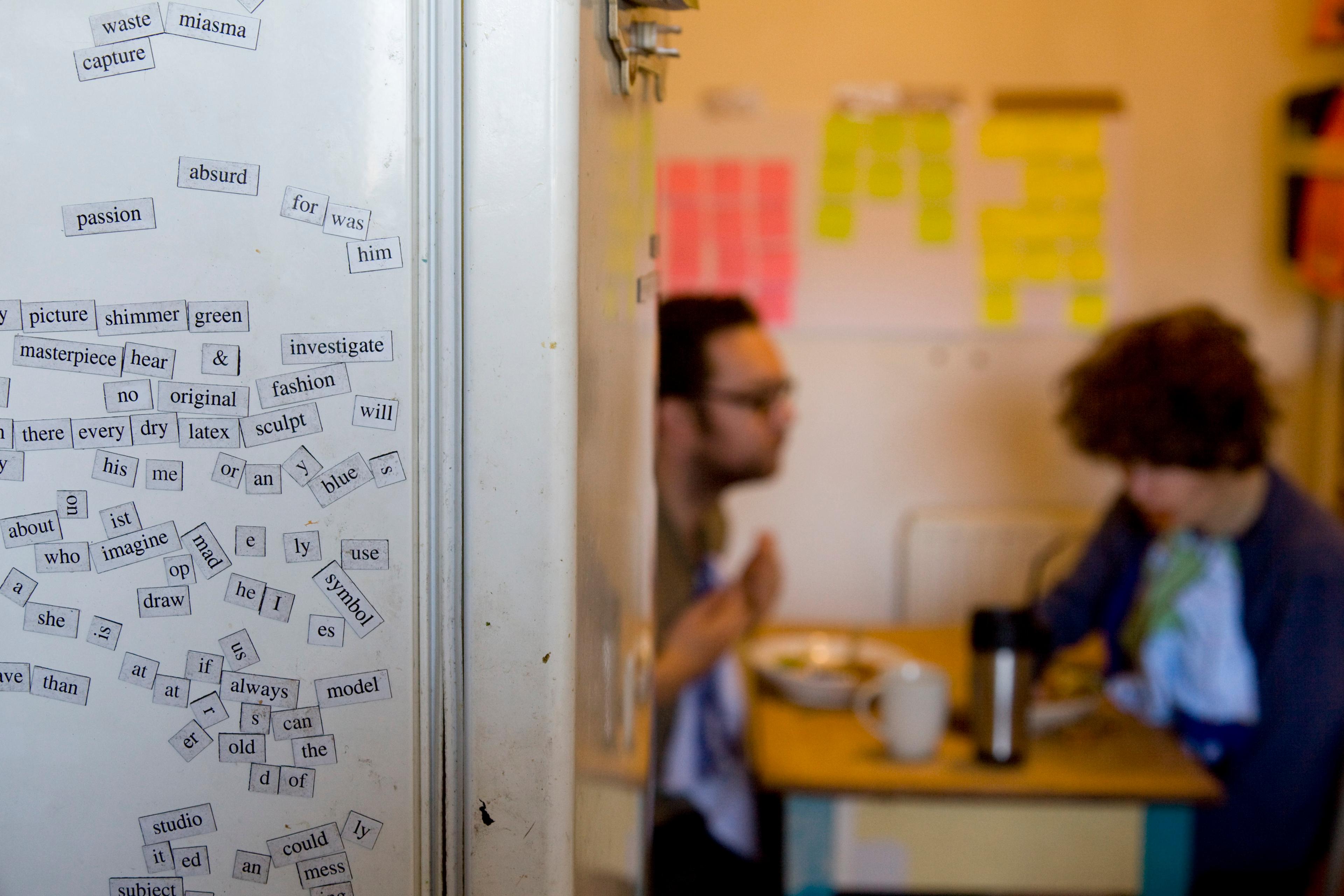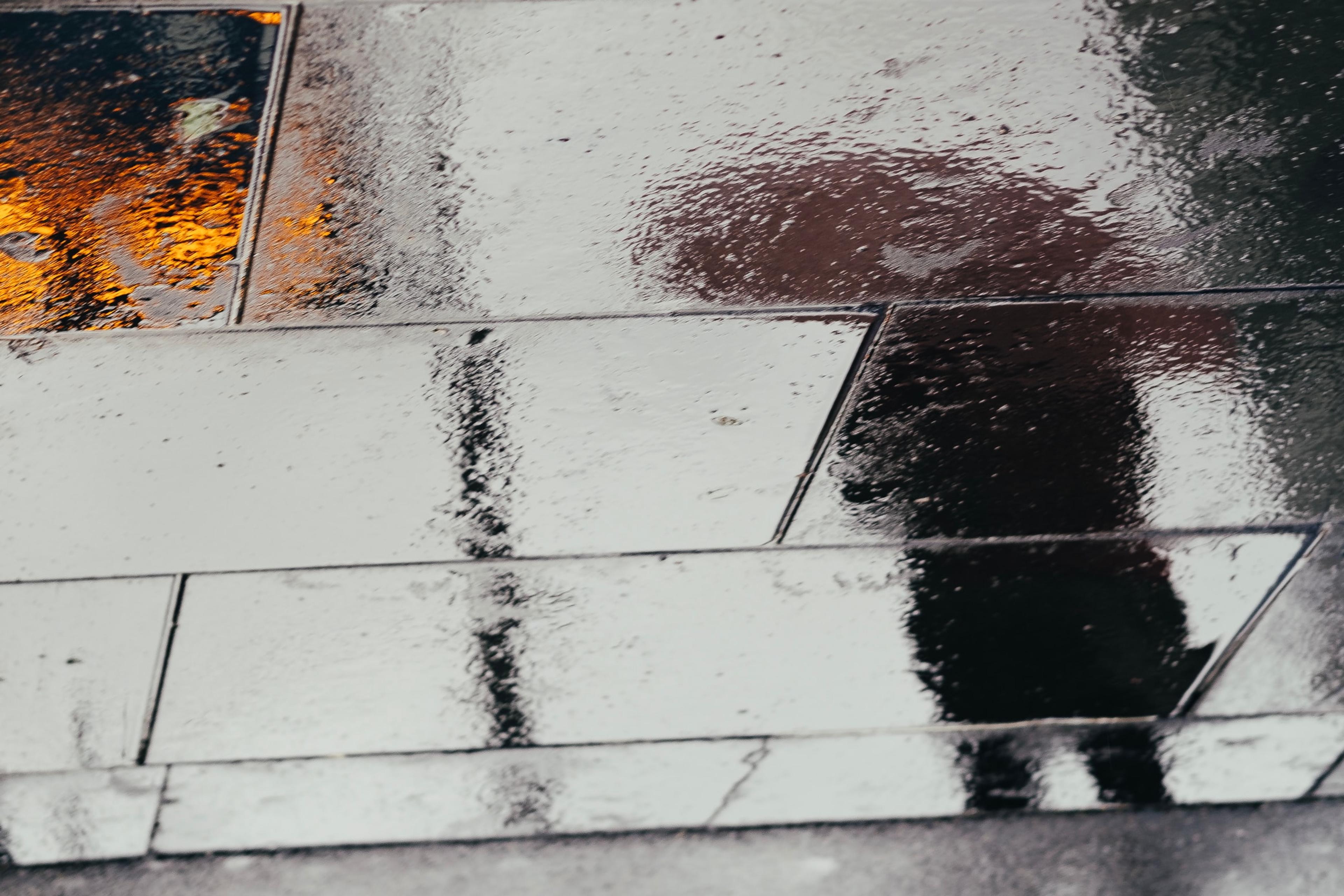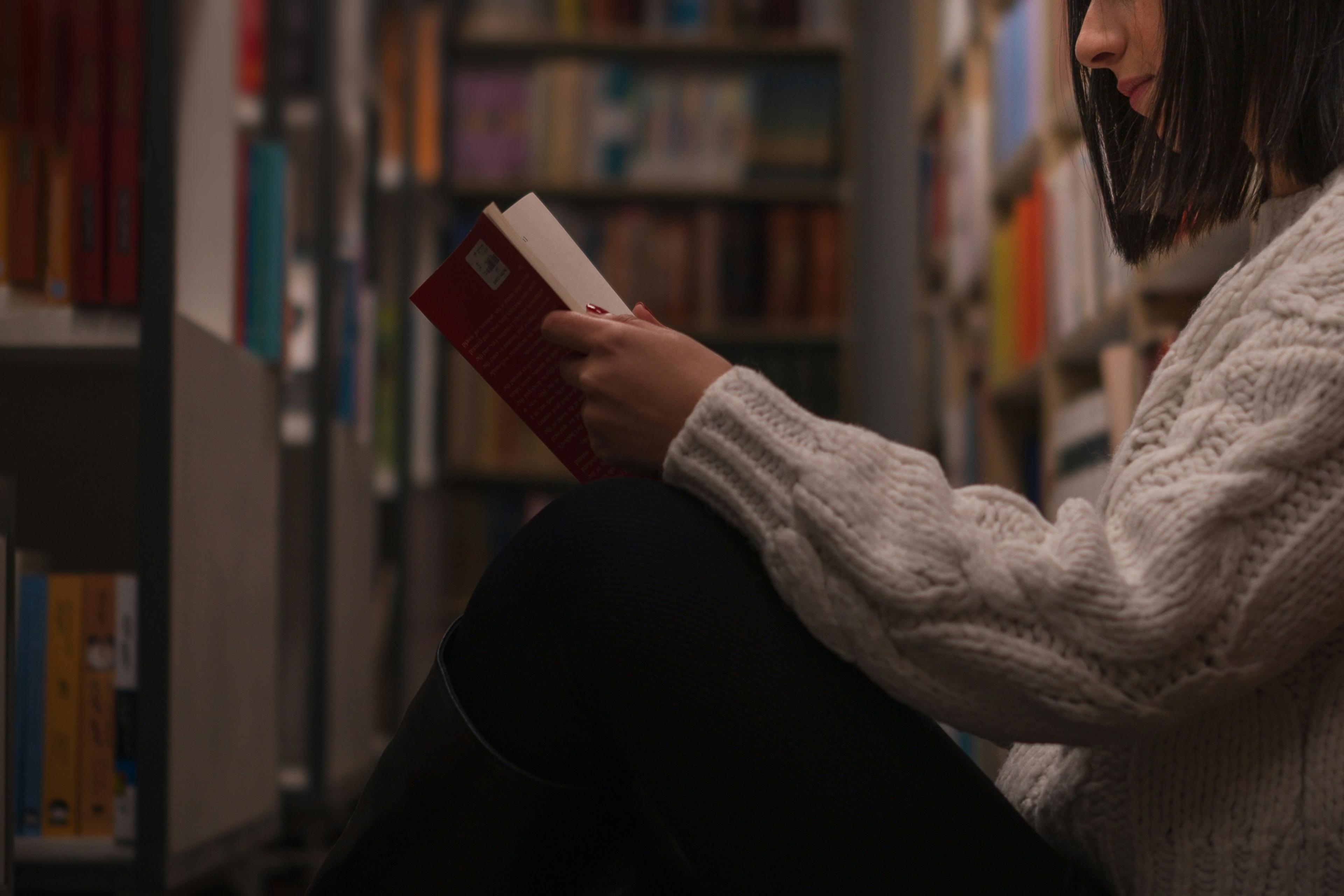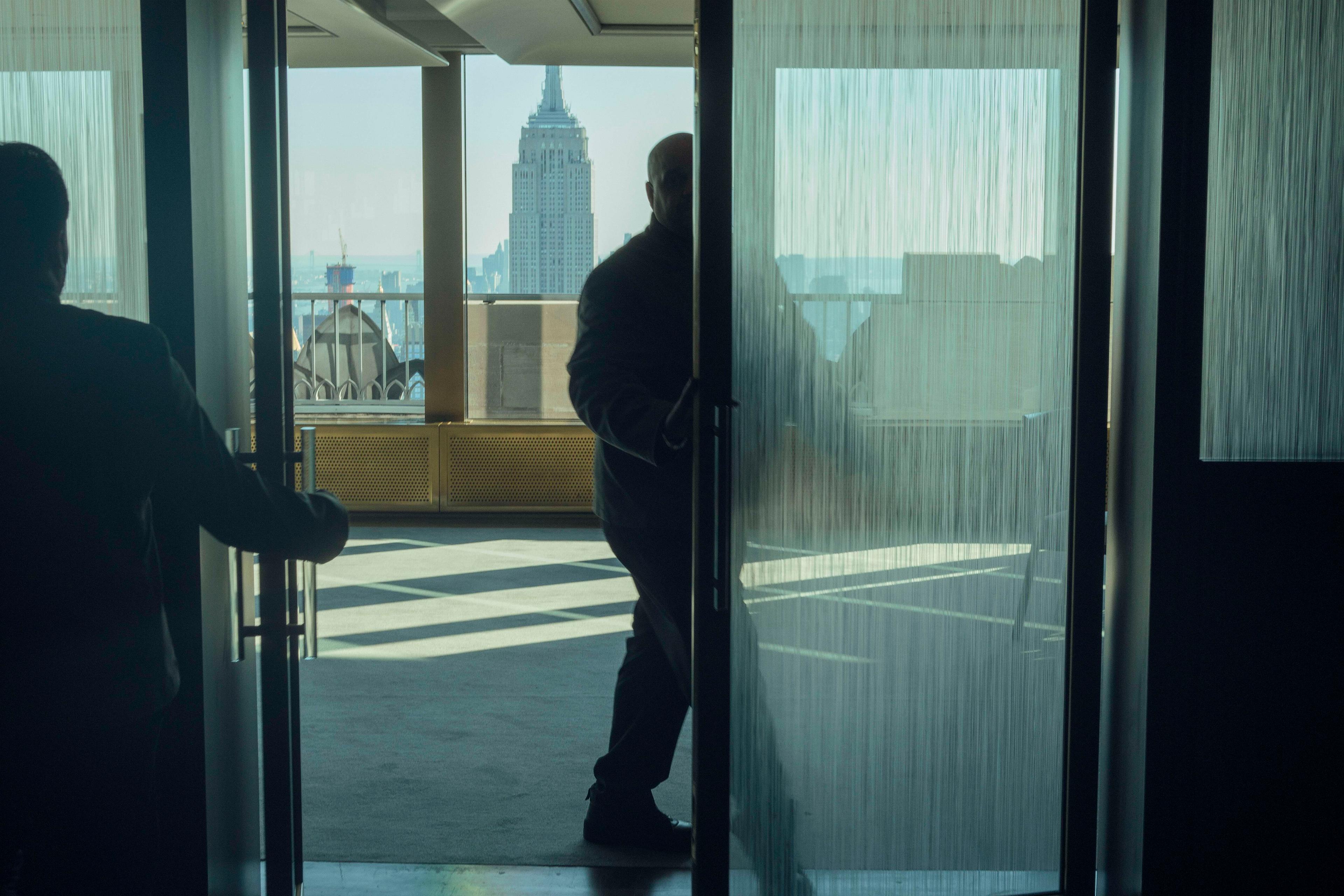Realising that you are autistic as an adult can bring about a lot of feelings: relief to finally have answers; anger that it has taken so long; regret about what might have been if you’d known earlier. What also awaits, for many, is confusion.
People diagnosed as adults commonly have been masking for most of their lives. That is, they’ve been hiding parts of themselves to fit in with a neurotypical majority, essentially performing another identity, both consciously and unconsciously. Masking involves projecting ‘an inauthentic version of you’, explains Amy Pearson, an autism researcher at Durham University in the United Kingdom. ‘This can include showing personality traits that aren’t part of your own personality, or using social communication strategies that you wouldn’t usually use, for example, making eye contact even if it makes you uncomfortable.’
Masking well requires constant vigilance, which can be exhausting. It means that, in any given social situation, you’re constantly monitoring how you move (am I too animated?), how you speak (is my delivery too flat?), and what you’re saying (does this sound too blunt?) to ensure it’s considered acceptable to others. Masking can also be remarkably effective, to the extent that the masker fools themselves. I abandoned pursuing an autism diagnosis in my late 20s after a doctor dismissed the possibility out of hand. I thought I must have been mistaken, and felt ashamed that I’d made such a fuss. It was only during the social isolation of the COVID-19 pandemic – when I no longer felt the energy crashes that I’d come to expect after a week of masking at the office – that I started slowly moving again toward the realisation that I am indeed autistic.
Those who realise they’re autistic or receive a formal diagnosis in adulthood might be abruptly facing their own mask for the first time. This presents a new question for them: after wearing this mask for so long, how can I know where it ends and the true ‘me’ begins? Questions such as these take some time to answer. A diagnosis is just the start.
One of the reasons why it can be so reassuring to get an autism diagnosis – or to self-diagnose as autistic, which many autistic people consider just as valid – is that the diagnosed person has often tended to berate themselves for struggling with everyday situations that other people seem to take in their stride. A diagnosis changes the frame. ‘It was a relief to maybe give myself a bit of a break,’ says Charlotte Mia, co-founder of the neurodiversity community and training platform I Am Paying Attention. She discovered that she was autistic, and that she had ADHD, just before turning 30. ‘I spent a lot of my life just constantly shaming myself and [thinking]: why can’t I manage this? Why can’t I do that? Why can’t I hold down a job? Why haven’t I got friends?’
She describes her diagnosis as a ‘bit of a blessing and a curse’. While she says she can now be somewhat gentler on herself, there was still a lot to work out. ‘After learning these things about yourself, it almost feels like the idea you have about who you are is stripped away,’ she says. For her, the process involved reflecting on much of her life experience and ‘pulling it apart, looking at it with an entirely new lens.’
‘Everything you framed your identity around wasn’t necessarily a lie, but wasn’t a whole truth’
For me, after realising I’d been masking, I had to ask myself: are my friends actually friends with me, or with this weird version of me that’s calcified after years of masking? Will they like the ‘actual me’, whatever that is? Or will they think I’m a faker because I’ve been ‘performing’?
Kieran Rose, a researcher, speaker and autistic advocate, was diagnosed in his early 20s. The experience got him interested in identity formation. ‘I had been … trying to meet the needs of other people consistently throughout my whole life,’ he says, ‘[which] led me to a space of: who the hell am I if I’m only meeting other people’s needs?’
A diagnosis prompts ‘a massive amount of reflection,’ he continues. ‘[It] opens up an aspect of your identity, which you could never even have conceptualised before, and other people didn’t conceptualise.’ He suggests the experience might be like discovering, as an adult, that you were adopted. ‘Everything you framed your identity around wasn’t necessarily a lie, but wasn’t a whole truth.’
Often, aspects of who one is have been suppressed over time, and so part of making sense after a diagnosis is reflecting on past experiences and recognising that this has happened. Individual identities are shaped through our interactions with other people, explains Liz Pellicano, professor of autism research at University College London. This process, like so many other things, intensifies in adolescence. In reflecting on their earlier life in one of Pellicano’s studies, one late-diagnosed autistic person who felt that they had to mask, role play or ‘try on’ different personas in order to fit in recalled not knowing who they were, while another remembered their mother saying ‘it was like [they] didn’t have a personality’.
Autistic people are also more likely to have negative experiences with other people early in life, Pearson observes, including negative social judgments, social exclusion and bullying. This can lead to them feeling like it is not OK to express or explore their authentic identity, she says.
The consequences of this can be devastating, and reach far into adulthood. If a young mind finds through their experience that much of what they do seems to be ‘wrong’ – such as making repetitive movements, an example of what’s known as ‘stimming’ – they may conclude that they, too, are fundamentally wrong. One response to this is to defer to others completely. This sort of response, which includes behaviours such as being highly agreeable, over-apologising and avoiding making direct statements, is known as ‘innocuous engagement’, explains Rachel Moseley, a principal academic in psychology at Bournemouth University. ‘You are making yourself as small and as inoffensive as possible. That is the goal,’ she says.
Moseley was diagnosed as autistic in her late 20s, by which time she had perfected her mask. For her, questions about identity came even before her diagnosis; years of masking and people-pleasing made it more difficult to understand the ‘real her’. ‘I felt as insubstantial as smoke,’ she says. ‘I felt like a puppet girl … I had no substance by myself. Other people gave me substance.’
After a lifetime of covering up, and the toll that takes on self-understanding, how do autistic adults go about finding themselves? A period of exploration could be a good place to start. ‘Individual autistic people might start to explore what brings them joy, what meets their sensory needs, and how to conserve their energy,’ Pearson suggests. ‘It is not really possible, after a lifetime of modifying who you are to meet the expectations of others, to just stop doing this,’ she says. But those who newly understand themselves as being autistic ‘can start to explore themselves and show a little bit of authenticity to people who make them feel safe.’
There’s also great comfort to be had in reading and hearing about others’ experiences. For me, that has felt like turning on a light and realising that I’m not the only person in the room. Recognising the power of other people’s voices, the neurodiversity advocate Kala Omeiza wrote the book Autistic and Black (2024), which draws from 20 people’s personal experiences. While there are common themes of loneliness and isolation in the stories, ‘it was also refreshing to see how most of us had a … period where we thrived and were happy in our environments,’ Omeiza says.
Realising my autistic identity has felt like being granted permission
It can be healing to seek out social spaces where our autistic status isn’t just acknowledged and accepted, but where we can be who we are – letting the mask go, if only a little. These might include in-person meetups between autistic people, though often these kinds of spaces are initially entered online. Following the hashtag #ActuallyAutistic and seeing what others were sharing about their experiences was an important step in my own self-discovery. What people described on social media aligned more with my experience and was a world away from the extremely narrow depictions and descriptions of autism I knew. On their Instagram page, Mia and her business partner Jess Joy post inspiring messages, friendly reminders and news about neurodiversity to their 115,000 followers. The tone is playful, in the grand tradition of the meme, but always frank, and can prompt discussions among followers that are studded with insights.
For many people still getting a clearer sense of themselves after years of adapting to social pressures, the journey is ongoing. ‘I don’t think I’ve got it all figured out,’ Mia says. ‘There are still external factors that make life difficult for me, but I do know how to regulate better, and expect different things of myself.’ Moseley says her diagnosis gave her the words that helped her to construct a new identity, one that ‘wasn’t bad or broken, or weird… it was autistic’. It’s also helped her understand when she is ‘performing’ and when she is not. Yet she never learned how to stop masking, and it still affects how she feels about herself. ‘I know what I am more than I did back then, but I’m still living in a way that sometimes makes me feel almost transparent,’ she says.
In my case, realising my autistic identity has felt like being granted permission – permission to opt out of situations that can rapidly drain my battery, such as casual social events that last more than a few hours, which lets me better manage my energy. It also feels like permission to pursue more of the things that I love and that matter to me, to really lean into things I want to do that might have been deemed ‘weird’ – such as travelling to museums across the country to tick off an A-to-Z list of dinosaurs, or painting the surface of Pluto – but that make me who I am. That said, I still feel a little conflicted at times. I sometimes feel like a fraud, like I don’t really have the right to claim the label, which can only be because of years of masking. I’m also very aware that my experience is just a sliver of autistic experience as a whole.
Others will soon be diagnosed and begin their own new phase of self-exploration, though many will not: according to a recent estimate, in England, where I live, there are about 750,000 undiagnosed autistic people aged 20 and over. That’s a lot of people who are potentially living without support, should they need it, and who might be denied this journey of self-discovery. Diagnosis isn’t necessary for everyone. But a wider understanding of neurodivergence will go a long way toward ensuring that more of us have the opportunity to see ourselves in a powerful, clarifying new light.
